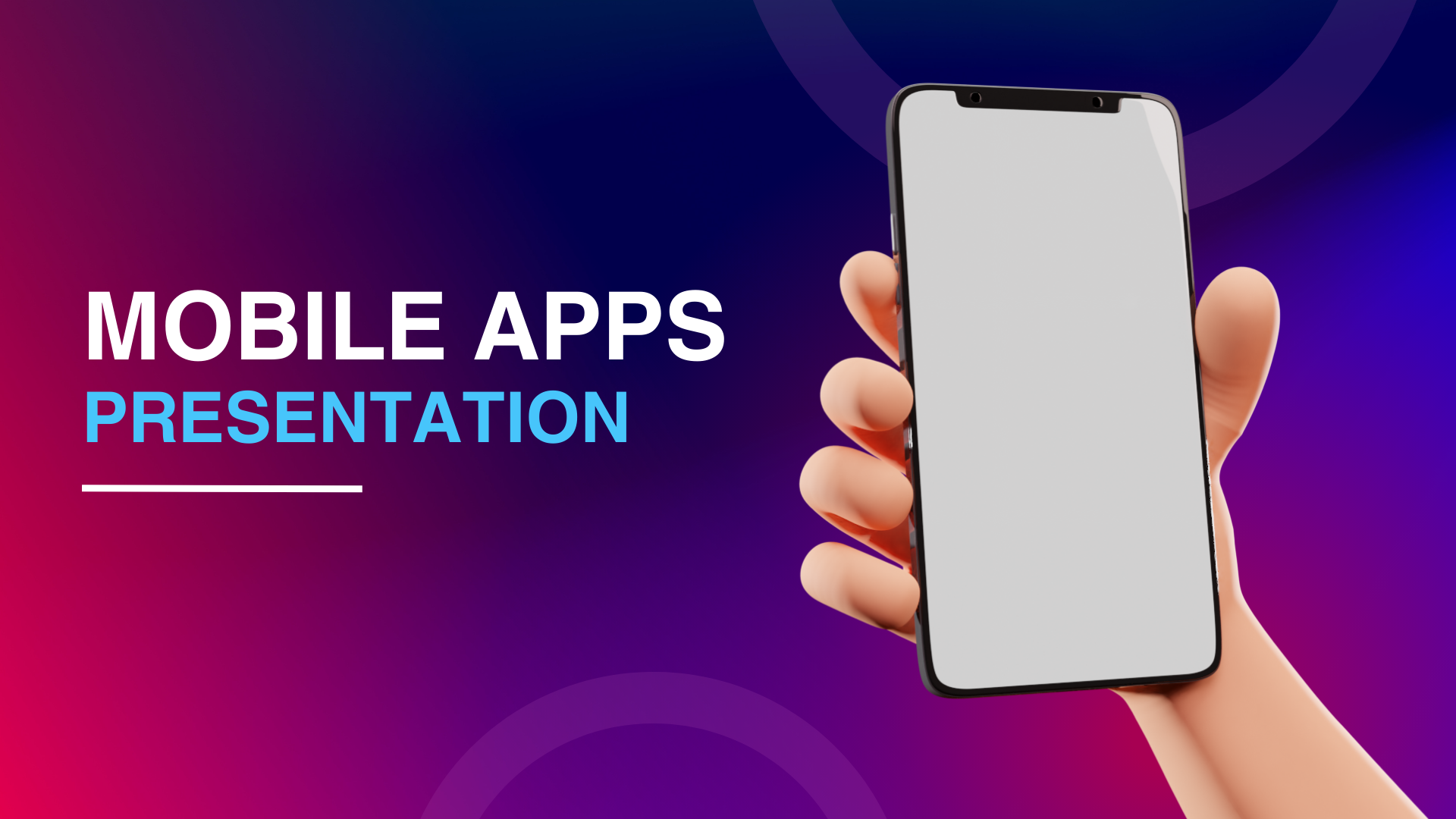Introduction In the competitive landscape of mobile apps, monetization strategies play a crucial role in sustaining profitability and driving business growth. Sodio Technologies, renowned for its innovative mobile app solutions, understands the importance of effective monetization models to capitalize on app investments. This blog explores various monetization strategies, best practices, and industry insights to help Sodio Technologies optimize revenue generation while enhancing user engagement and satisfaction.
- Types of Monetization Strategies In-App Advertising: Integrating ads within the app interface, including banner ads, interstitial ads, native ads, and rewarded video ads. Advertisers pay based on impressions, clicks, or video views, providing a continuous revenue stream.
- In-App Purchases (IAP): Offering users virtual goods, premium features, subscriptions, or upgrades within the app. Freemium models allow basic access with optional paid upgrades, encouraging user retention and conversion.
- Subscription Models: Providing recurring revenue through subscriptions for access to premium content, services, or features. Subscription tiers (e.g., monthly, annual) offer flexibility and ongoing value to subscribers.
- Freemium Model: Combining free basic functionality with premium features available for purchase, enticing users with a free trial or limited-time offers to upsell premium content.
- Pay-per-Download: Charging users a one-time fee to download the app, typically for apps offering unique functionalities or niche content.
- Affiliate Marketing: Partnering with affiliate networks or brands to promote products or services within the app, earning commissions on sales or leads generated through app referrals.
- Sponsorship or Brand Partnerships: Collaborating with brands for sponsored content, branded experiences, or exclusive app features, leveraging brand equity and user engagement.
- Best Practices for Mobile App Monetization
- User-Centric Approach: Prioritize user experience and value proposition when implementing monetization strategies to maintain user trust and satisfaction.
- Segmentation and Targeting: Use analytics and user data to segment audiences and personalize monetization strategies, offering relevant content and promotions.
- Optimized Ad Placement: Strategically place ads to minimize disruption and enhance user engagement, balancing revenue goals with user experience.
- A/B Testing: Experiment with different monetization models, pricing strategies, and ad formats to optimize conversion rates and revenue generation.
- Continuous Iteration: Regularly update monetization strategies based on performance metrics, user feedback, and market trends to adapt to changing user preferences and industry dynamics.
- Industry Insights and Trends
- Mobile Video Ads: Growth in video consumption on mobile devices drives demand for interactive and engaging video ad formats, enhancing ad revenue opportunities.
- In-App Purchase Trends: Increasing adoption of virtual goods, subscriptions, and premium content monetization models, particularly in gaming, media, and entertainment apps.
- Emerging Markets: Tailoring monetization strategies to diverse economic landscapes and user behaviors in emerging markets, leveraging local payment methods and affordability factors.
- Data Monetization: Exploring opportunities to monetize user data responsibly through consent-driven approaches and compliant data privacy practices.
- Challenges and Considerations
- Ad Blockers: Addressing challenges posed by ad blockers and ensuring ad visibility and effectiveness in reaching target audiences. User Privacy: Adhering to stringent data privacy regulations (e.g., GDPR, CCPA) and implementing transparent data practices to build user trust and compliance.
- Market Saturation: Navigating competitive pressures and saturation in app stores, emphasizing differentiation and value proposition to attract and retain users.
- Technological Advancements: Adapting to advancements in mobile technology, such as 5G, AI, and AR/VR, to innovate monetization strategies and enhance user experiences.
- Future Outlook Augmented Reality (AR) and Virtual Reality (VR): Monetizing immersive experiences through in-app purchases, branded AR content, and virtual goods in AR/VR applications.
- Blockchain Technology: Exploring decentralized monetization models, tokenization, and microtransactions powered by blockchain for transparent and secure transactions.
- Artificial Intelligence (AI): Leveraging AI-driven analytics for personalized recommendations, dynamic pricing, and predictive monetization strategies.
- Subscription Economy: Growth in subscription-based revenue models across various app categories, emphasizing recurring revenue streams and long-term user engagement.
Conclusion Effective mobile app monetization strategies are integral to Sodio Technologies’ success in maximizing revenue, enhancing user engagement, and driving sustainable growth. By adopting diversified monetization models, prioritizing user experience, leveraging industry insights, and embracing technological advancements, Sodio Technologies can navigate the evolving landscape of mobile app monetization with confidence.







